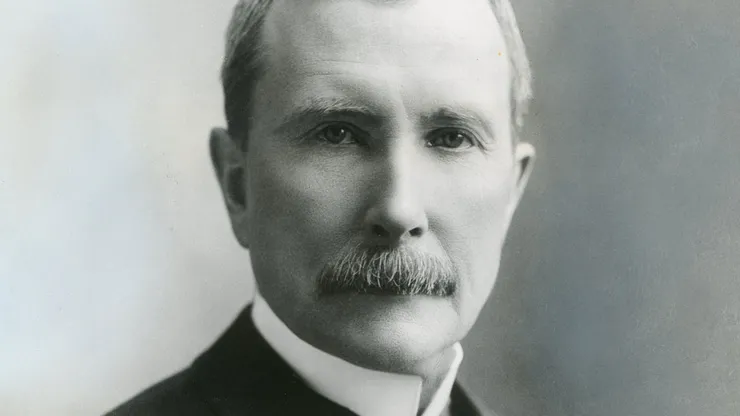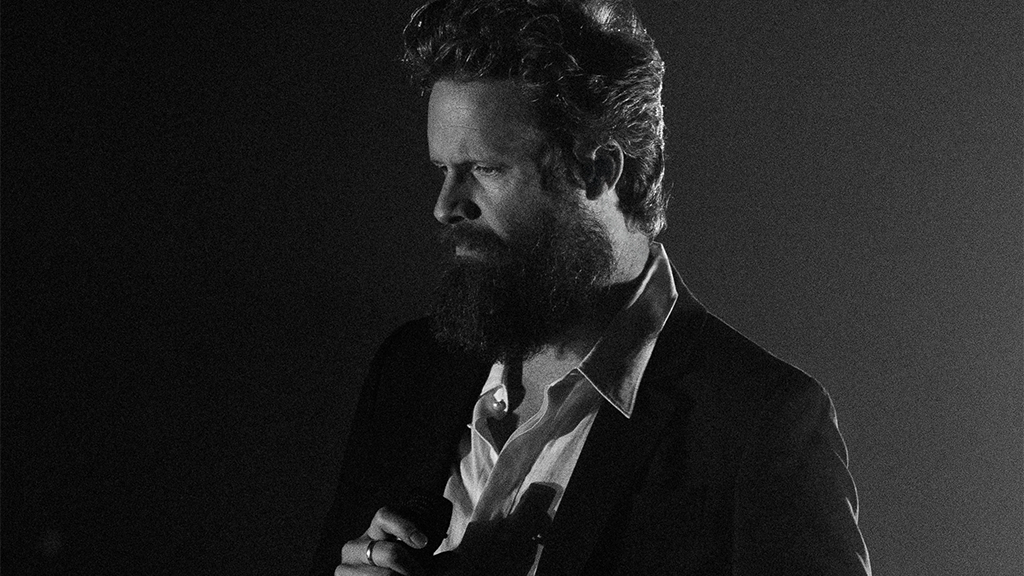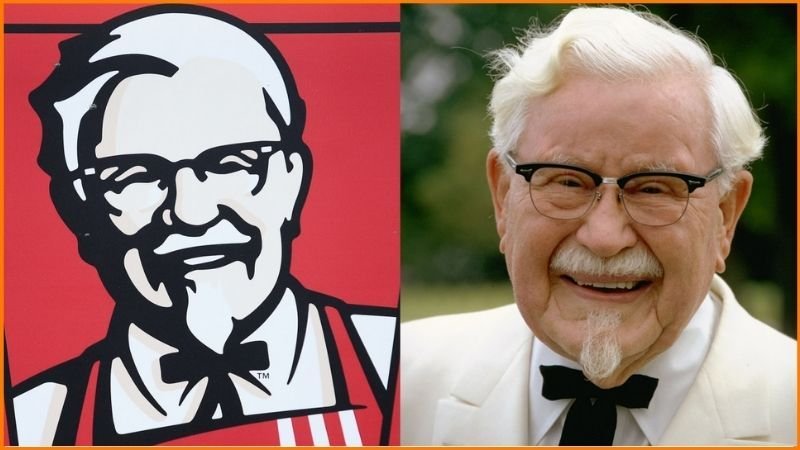Few names carry as much weight in the story of American business as John D. Rockefeller. His rise from modest beginnings in New York to becoming the world’s first billionaire is nothing short of extraordinary. Known as both a ruthless industrialist and a transformative philanthropist, Rockefeller’s influence shaped modern capitalism, corporate structure, and even the ethical framework of wealth. This article dives deep into John D. Rockefeller’s New York story—the foundation of his empire, his philanthropic legacy, and the timeless lessons he left behind.
The Early Life of John D. Rockefeller in NY
Humble Beginnings in Upstate New York
Born on July 8, 1839, in Richford, New York, John Davison Rockefeller grew up in a working-class family. His father, William Avery Rockefeller, was a traveling salesman, often absent from home, while his mother, Eliza, instilled in him values of discipline, thrift, and faith. Life in upstate New York during the mid-19th century wasn’t easy—money was tight, and opportunities were scarce. Yet, those humble beginnings helped forge the financial prudence and relentless ambition that defined Rockefeller’s character.
As a boy, he sold candy, raised turkeys, and lent money to neighbors—charging interest even at a young age. His knack for numbers and his passion for saving laid the groundwork for his future as one of the most strategic business minds in history.
Education and Early Career Aspirations
Rockefeller attended Cleveland’s Central High School before taking a business course at Folsom’s Commercial College. By age 16, he had secured his first job as an assistant bookkeeper in Cleveland. His meticulous attention to detail and ethical approach to accounting earned him respect and opportunities. Though he eventually built his empire outside New York, his formative years there shaped his strong work ethic and moral compass.
The Rise of Standard Oil – Rockefeller’s New York Power Move
Founding of Standard Oil
In 1870, Rockefeller co-founded the Standard Oil Company in Ohio, but New York quickly became the center of his expanding empire. The state’s access to shipping routes, financial hubs, and political influence gave Rockefeller the perfect foundation to dominate the oil industry. Through aggressive strategies and innovation, he gained control of nearly 90% of the U.S. oil refining industry by the 1880s.
Innovative Business Practices
Rockefeller revolutionized how businesses operated. He introduced vertical integration, owning every step of the production process—from extraction to distribution. This reduced costs and ensured consistent quality. He also pioneered rebate deals with railroads, enabling Standard Oil to ship more efficiently and cheaply than competitors.
Here’s a look at some of Rockefeller’s groundbreaking strategies:
| Business Strategy | Description | Impact |
| Vertical Integration | Controlled every part of oil production | Lower costs, higher profits |
| Economies of Scale | Mass production and bulk deals | Industry dominance |
| Secret Rebates | Negotiated transport discounts | Crushed competition |
| Efficiency Tracking | Measured waste and productivity meticulously | Set corporate management standards |
These strategies transformed New York’s financial scene, making it the beating heart of industrial America.
Controversies and Criticism
Rockefeller’s success came with intense scrutiny. Critics accused him of monopolistic practices, leading to public outcry. The U.S. government eventually broke up Standard Oil in 1911, declaring it a monopoly. Ironically, this decision made Rockefeller even wealthier as each subsidiary flourished independently.
John D. Rockefeller’s NY Philanthropy and Social Impact
Founding Charitable Institutions
By the early 1900s, Rockefeller had turned from business tycoon to one of history’s greatest philanthropists. From New York City, he established the Rockefeller Foundation (1913), the Rockefeller Institute for Medical Research, and the General Education Board. His mission was clear—“to promote the well-being of mankind throughout the world.”
Influence on Education and Medicine
Rockefeller’s donations transformed education and healthcare. He funded the University of Chicago, helped found Rockefeller University, and financed groundbreaking medical research that eradicated diseases like yellow fever and hookworm. His model of systematic, research-based giving set new standards for philanthropy.
The Philanthropic Philosophy
Rockefeller once said, “The best philanthropy is constantly in search of the finalities—a search for cause, an attempt to cure evils at their source.” His belief in targeted charity inspired a new generation of donors, from Andrew Carnegie to Bill Gates.
Rockefeller’s Family Legacy in New York
The Rockefeller Dynasty
Rockefeller’s descendants carried his vision into politics, culture, and business. Nelson Rockefeller, his grandson, became Governor of New York and Vice President of the United States. The family’s continued influence made the name “Rockefeller” synonymous with wealth and leadership.
Architectural and Cultural Contributions
Perhaps the most iconic contribution is Rockefeller Center, a masterpiece of Art Deco architecture in Midtown Manhattan. Built during the Great Depression, it provided thousands of jobs and remains a symbol of hope and progress. Landmarks like Radio City Music Hall and the GE Building stand as testaments to the family’s enduring impact on New York’s skyline.
Lessons from John D. Rockefeller’s Life in NY
The Blueprint for Modern Entrepreneurship
Rockefeller’s business principles still resonate today:
- Reinvest profits to grow sustainably.
- Embrace efficiency and innovation.
- Plan long-term, not just for quick wins.
- Adapt when regulations or markets change.
His story is a blueprint for strategic leadership and calculated risk-taking.
The Balance Between Wealth and Responsibility
Rockefeller evolved from a feared monopolist to a respected philanthropist. He understood that wealth without purpose is hollow. His transformation reshaped how society views success—emphasizing that great power comes with moral duty.
A Lasting Influence on American Capitalism
From Wall Street practices to modern corporate management, Rockefeller’s influence remains deeply embedded in American capitalism. His methods laid the foundation for industries that power the world today.
Fun Facts and Little-Known Stories about John D. Rockefeller NY
- He gave out nickels and dimes to children—a quirky but famous habit.
- He was a devout Baptist who tithed from his first paycheck.
- Rockefeller lived to be 97 years old, enjoying gardening and golf in his later years.
- Despite his immense wealth, he preferred simple living and strict budgeting.
Timeline – Major Milestones of John D. Rockefeller in New York
| Year | Event | Impact on NY and Beyond |
| 1839 | Born in Richford, NY | The birth of America’s first billionaire |
| 1870 | Founds Standard Oil | Launch of the most powerful corporation of its time |
| 1911 | Standard Oil breakup | Paved the way for modern antitrust laws |
| 1913 | Establishes Rockefeller Foundation | Redefined philanthropy |
| 1933 | Rockefeller Center construction begins | A landmark of hope during the Great Depression |
| 1937 | Death of John D. Rockefeller | End of an era, beginning of a legacy |
Conclusion – The Enduring Spirit of John D. Rockefeller NY
John D. Rockefeller NY is more than a name—it’s a legacy etched into the fabric of American history. His journey from small-town boy to business titan shows how vision, discipline, and relentless purpose can reshape the world. From the towering skyscrapers of Rockefeller Center to the foundations of modern philanthropy, his influence still defines the spirit of New York and the essence of ambition itself.
Rockefeller proved that greatness isn’t just about wealth—it’s about what you do with it.













Leave a Reply